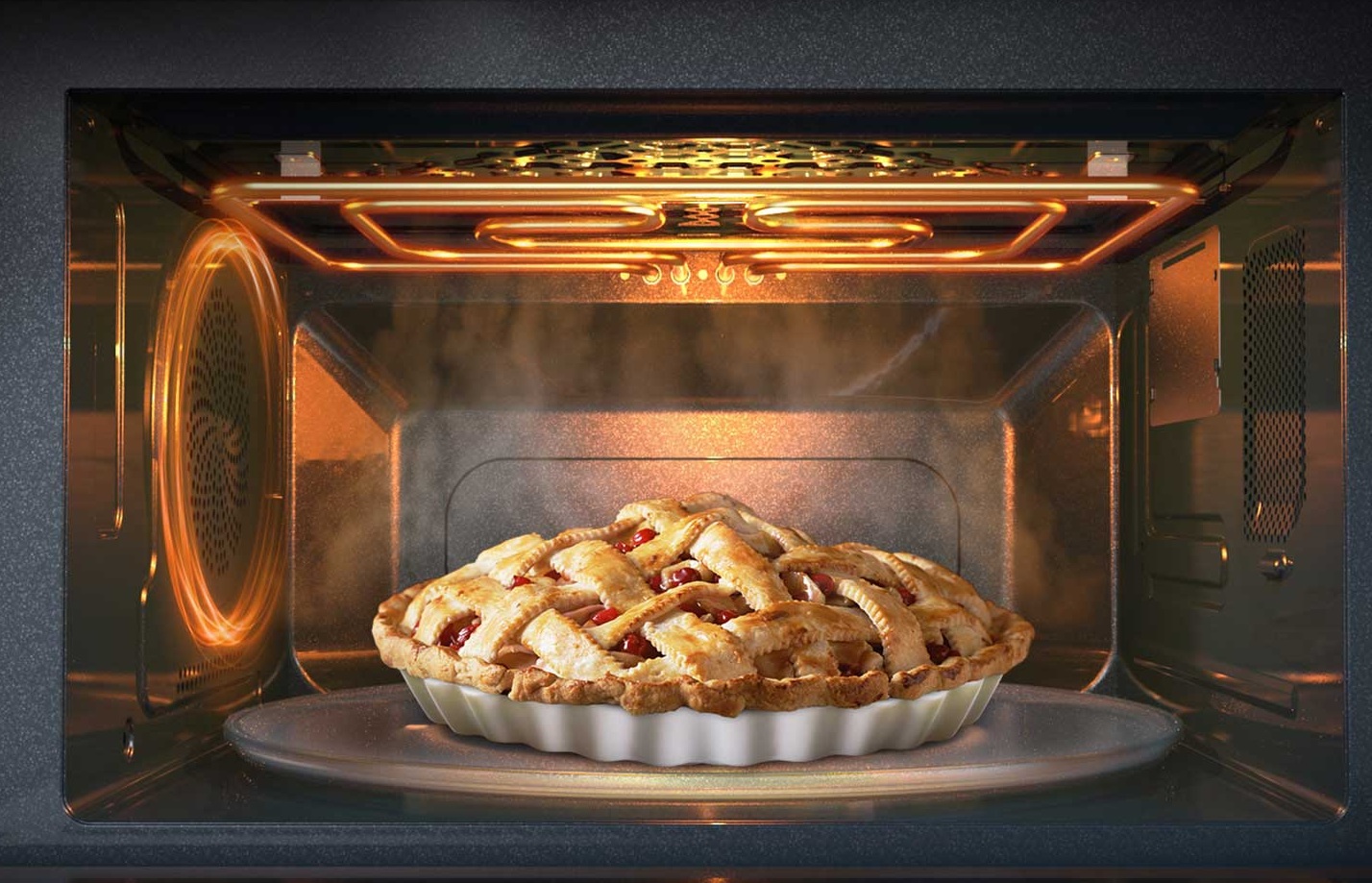A lot of people still feel that microwave is just for heating food. The truth is it is not complicated to cook with a Microwave. It’s just a different set of rules that need to be followed for effective handling of this machine.

The 3 most important things to consider while cooking with a microwave are timing, cooking utensils and methods employed. Let’s talk about these in detail:
- Timing
It might take some time to familiarize yourself with the timing so that you don’t undercook or overcook the dish. Timing needs to be in accordance with the following.
Quantity – The more the quantity, the more time you need for cooking
Shape and size – Thin food and small pieces cook faster than thick food and large pieces
Density and moisture content – Dense food articles like potatoes take longer than porous foods like cakes. Moist food cooks faster than dry food.
Delicate Ingredients – Eggs should be cooked over longer time period and low power setting to avoid over cooking or popping. Same goes for delicate food items like cheese, snail or oyster. Cold/frozen food will take longer to cook than food in room temperature.
Sugar and fat content – As microwave energy works better to food consisting sugar and fat, sugary and fatty foods cook faster.
- About Utensils
Always go for microwave proof utensils.
Shape – Round or oval shape utensils are the best.
Material – Glass and plastic designed for microwave cooking are also excellent options. China pottery can be used provided they don’t have metallic rims or glaze. Never use metal in microwave except thin aluminum sheets.
- Methods of Cooking
Microwave cooking is different from traditional methods of cooking as it involves arrangement of food turning, stirring, standing time etc.
Turning over – Foods such as large roast, whole poultry, need occasional turning to make sure all sides are cooked evenly.
Rearranging – In some cases, food has to be re-arranged to ensure it doesn’t get over-cooked or under-cooked. This can be done by moving the food on the outer side to the center & vice-versa.
Stirring – It is always advisable to stir food a little as the utensil heats faster than the food.
Covering – Waxed paper can be used to cover food to retain heat and moisture, casserole tops, glass covers or plastic reps are also used to trap steam and prevent dehydration.
Shielding – Certain areas like the head of fish tail or the breastbone of a turkey cook faster than thicker areas. The trick to prevent over cooking is covering these areas with aluminum wrappers.
Piercing – Food items that lose moisture while cooking should be pierced to break the skin or membrane, such as potatoes, liver, and eggplant so that steam can escape easily.
Standing Time – Don’t be in a hurry to take out the food as your microwave beeps. Leave it standing for some time as it is important to let the microwave energy settle down and evenly spread across the food item.
Hope that helps you in dealing with your microwave next time. If you need more tips and guidance on using a microwave #AskSharafDG.
